The story of rice captivates the hearts of many in the Philippines. It has been shared through the years, highlighting a bond with the earth. H. Otley Beyer spent his life studying the folklore of rice and its practices. Today, we learn about the story’s beginning through his work.
Key Takeaways:
- The story of rice has a significant cultural importance among indigenous communities in the Philippines.
- H. Otley Beyer, a renowned historian, documented the rich folklore surrounding rice and indigenous practices.
- The rice tale showcases the deep-rooted connection between the people and the land.
- Exploring the origins of the rice tale offers insights into the cultural heritage of the Philippines.
- Understanding the cultural significance of rice sheds light on the importance of preserving indigenous knowledge and traditions.
Unveiling the Remarkable Rice Mythology of the Ifugao
The Ifugao people are from the Philippines. They have a deep tie to the myth of rice. This involves their beliefs and how they grow rice. The story of Ifugao rice myths is key to their culture.
The Ifugao’s Rich Agricultural Heritage
The Ifugao are known for their farming skills. They use terrace farming, seen in their rice fields. These fields are not just beautiful but also show their farming talents.
The Ifugao work together to care for the fields. This shows their strong community spirit. Caring for the fields is a group effort.
Significance of Rice in Ifugao Culture
Rice is a major part of Ifugao culture. It’s more than just food. It symbolizes life, growth, and wealth.
Ifugao stories include myths about rice spirits. Bulul is a special spirit who guards over rice. People offer rice during important events. This shows how much they value it.
Parties and ceremonies often include rice. It shows unity and good wishes. These events are also about keeping traditions alive from generation to generation. This is how the Ifugao show their respect for their past and future.
The Ifugao’s devotion to rice is clear. It runs through their farming, beliefs, and ceremonies. Rice is at the heart of their story.
Learn more about the awe-inspiring Philippine rice terraces.
Folklore Preservation by H. Otley Beyer
H. Otley Beyer is famous for saving folklore. He focused on writing about indigenous traditions in the Philippines. Beyer’s hard work ensures the cultural heritage of the Philippines will stay alive for future years.
H. Otley Beyer’s Role in Documenting Indigenous Practices
Beyer worked hard to write about the Philippines’ rich culture. He studied the beliefs, rituals, and customs of many groups. His work showed how these groups are connected to nature and their past.
He found out many things about how these communities live. Beyer also showed why it’s important to respect and learn from these cultures. His work teaches us all about the value of cultural diversity.
Collaboration between Beyer and Merrill in Ethnobotanical Studies
Beyer also worked with botanist Elmer D. Merrill. They studied how plants are used in different cultures. This helped us understand how people and plants are connected.
“The collaboration between Beyer and Merrill yielded invaluable insights into the profound connections between culture, traditional practices, and the botanical knowledge of indigenous peoples.” – Dr. Maria Santos, Ethnobotanist
They did a lot of fieldwork and wrote down their findings. Beyer and Merrill showed how working together can help us learn a lot. They shared their knowledge to teach us about plants and culture.
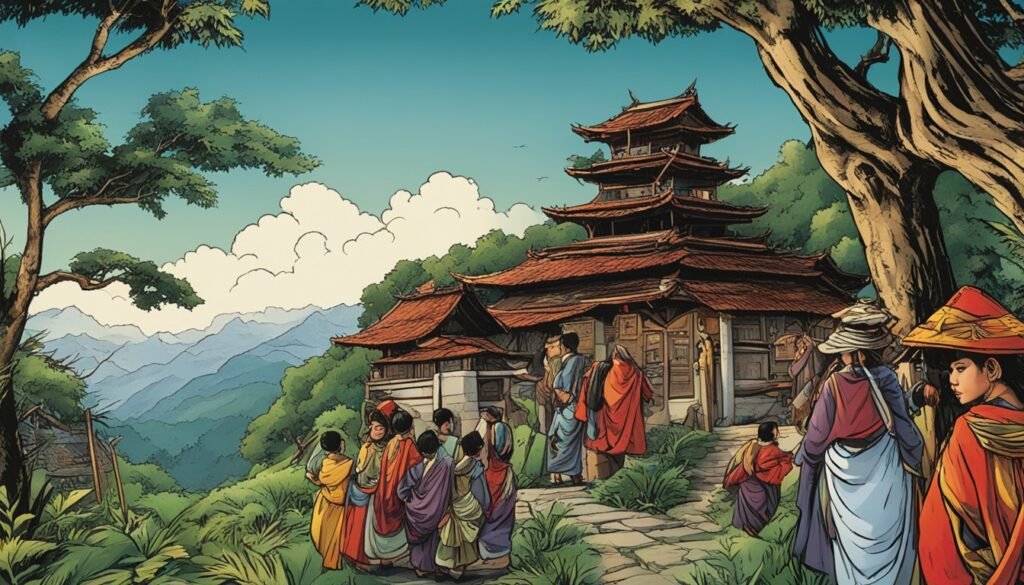
Table 1: Examples of Indigenous Practices Documented by H. Otley Beyer
| Indigenous Practice | Community | Significance |
|---|---|---|
| Pamalaye Ritual | Boholano | Invocation for a bountiful harvest |
| Harana | Tagalog | Traditional courtship through song |
| Baylan | Visayan | Shamanic healing practices |
| Laguilayan | Manobo | Ritual offering for ancestral spirits |
The Journey of H. Otley Beyer and His Connection to the Ifugao
H. Otley Beyer was a famous historian, anthropologist, and archaeologist. He connected with the Ifugao people in the Philippines. His work with this indigenous group has made a big mark.
Beyer was intrigued by the Philippines’ diverse cultural heritage. This interest led him to focus on the Ifugao and their rice farming. He wanted to study their unique bond with rice.
Living with the Ifugao for a while, Beyer learned about their daily life. He talked with them, watched their customs, and worked together. This helped him understand how they farmed and what rice meant to them.
Beyer carefully examined the Ifugao’s terraced fields. He found out how smart their farming was. His research showed the world the beauty and cultural value of these farming systems. It keeps this part of their history alive for the future.
The Ifugao were happy to share their stories and beliefs about rice with Beyer. His studies led to the Ifugao Rice Terraces being named a UNESCO World Heritage Site. This honors the Ifugao’s way of life and rice cultivation.
Beyer’s connection with the Ifugao highlights the value of learning from other cultures. His work helped people see the importance of working together and understanding each other. This was good for anthropology and for bringing communities closer.
The Ifugao Rice Terraces show the Ifugao’s deep connection to their land and smart farming techniques. These terraces have been a lifeline for the Ifugao for many years. They are a key part of their culture. Visit the National Geographic website to learn more about these historic terraces.
Impact of Beyer-Merrill’s Unpublished Manuscripts
These unpublished works by Beyer and Merrill deeply impact our knowledge of indigenous cultures. Their manuscripts, often overlooked, have significantly influenced ethnobotanical and anthropological research.
The Beyer-Merrill collection is filled with detailed descriptions of how plants are used in different cultures. They meticulously share ancient plant uses by many native groups. This work is considered invaluable in understanding traditional plant practices.
The duo’s work has also helped us see the cultural and spiritual roles of plants better. They highlight the strong ties between people and plants in various societies. This has enhanced our awareness of those deep connections.
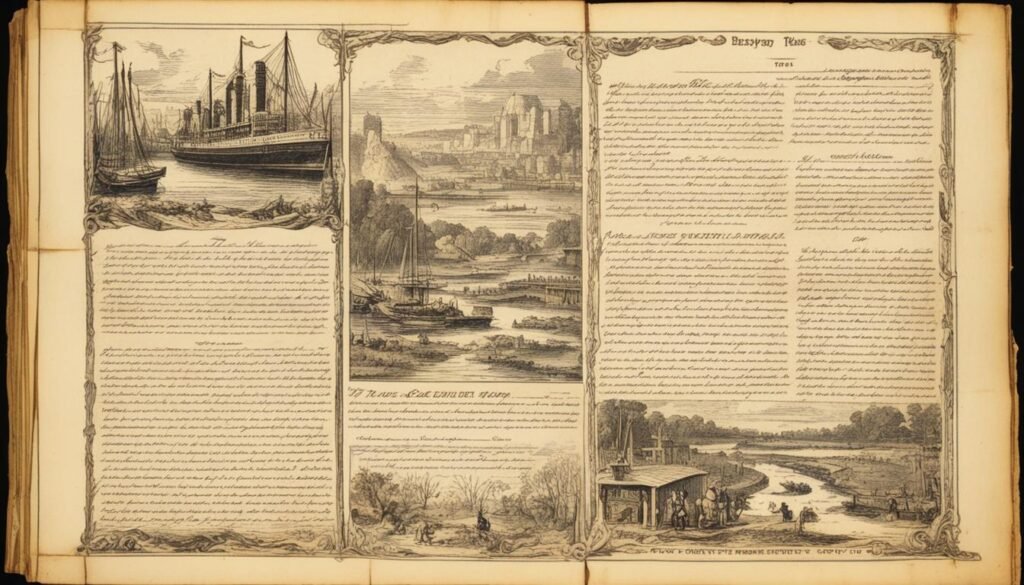
For ethnobotany researchers and scholars, the Beyer-Merrill manuscripts are crucial. They provide a rare look at the knowledge about plants and Earth practices that have been passed down for ages.
For those keen on exploring Beyer-Merrill’s research further, the full report is available online.
Analyzing the Depth of Ifugao Plant Knowledge
To really grasp the rich heritage of the Ifugao people, we must look closely at their plant wisdom. The Ifugao community knows a lot about the plants around them. They not only name and identify plants but also understand their roles and values in life.
They carefully name and group different plant types. Their knowledge comes from many years of watching and learning. This skill shows how much they value and know about their environment.
Knowing a plant’s use and benefit is also important to them. The Ifugao understand which plants help in medicine, food, or make their lives better. This knowledge helps them use nature wisely for health and living.
The Ifugao community has special words to talk about plants. These words carry a lot of their history and culture. They show how deeply connected they are to nature in their everyday life and beliefs.
Plants are not just things to them; they are part of their spiritual life. They treat every plant with great care. This shows their commitment to keeping their environment healthy and diverse.
Studying the Ifugao’s plant wisdom teaches us a lot. It shows their close relationship with the Earth. This knowledge holds lessons for us on how to better care for our planet while keeping our cultures alive.
For more on Ifugao people and what they know about plants, check out this research paper.
The Linguistic Intricacies in Ifugao Ethnobotany
Exploring Ifugao ethnobotany reveals a deep link between language and culture. It shows how vital language is in naming and understanding plant uses. Let’s look at two key parts of Ifugao ethnobotany: the sounds of words and how they classify plants. We will also talk about H. Otley Beyer’s important work on Ifugao dialects.
Addressing Phonological Variation and Folk Classification
Ifugao people use specific sounds for plant names to show plant differences powerfully. This system helps them accurately identify and categorize plants. It proves that language, culture, and nature are closely entwined for the Ifugao.
Folk classification among the Ifugao is complex. They group plants by different traits, like shape and where they grow. This system shows their deep knowledge of the natural world over time.
The Beyer Contribution to Ifugao Dialect Studies
H. Otley Beyer’s work is key to understanding Ifugao dialects, especially related to plants. As an anthropologist, he carefully documented Ifugao’s language of natural uses. His research helps keep Ifugao language and culture alive in academia.
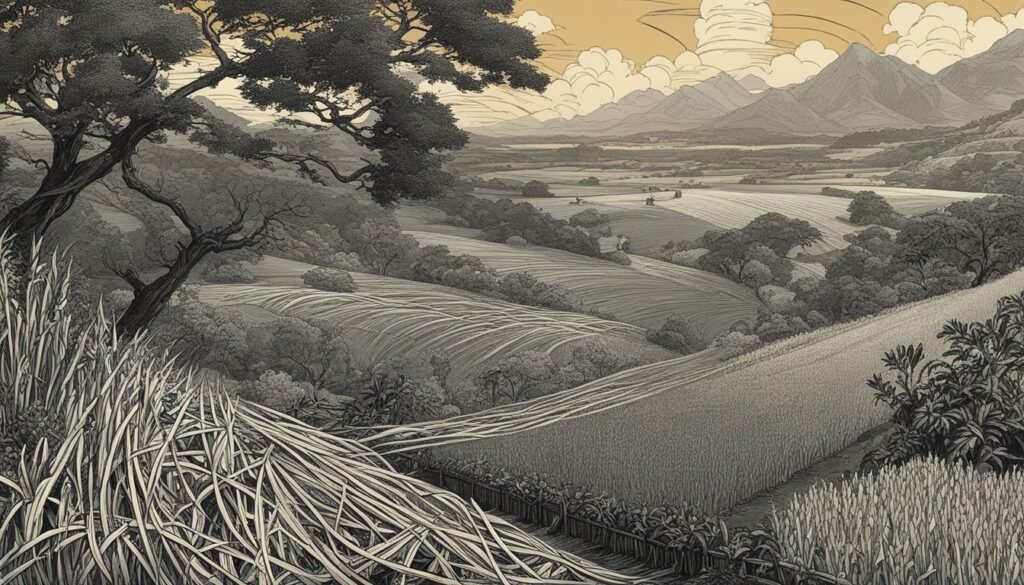
Contextualizing the Beyer-Merrill Manuscript
To get why the Beyer-Merrill manuscript is big in ethnobotany, look at its historical and cultural background. It’s a treasured record of local wisdom and customs. It shows how plants were used by different groups in the past.
“The Beyer-Merrill manuscript offers a unique window into the rich tapestry of ethnobotanical traditions that have shaped Philippine culture for centuries.”
In the early 1900s, H. Otley Beyer and Elmer D. Merrill explored the Philippines. They wanted to study how locals used plants, from medicine to farming. They also looked at the cultural beliefs connected to these plants.
The work they did was put into the Beyer-Merrill manuscript, which is a detailed record of what they saw. It shows how Filipinos and their environment are deeply linked. And, it offers insights from these communities that have been passed down over many years.
The Beyer-Merrill manuscript’s key strength is its deep dive into why plants matter culturally. Beyer and Merrill showed how the use of plants relates to Philippine society as a whole. This adds a lot to our understanding of local cultures and their natural spaces.
Even today, the Beyer-Merrill manuscript is very important in ethnobotany. It gives us a lot of info on traditional plant uses. Plus, it’s a reminder of why it’s crucial to keep and share local knowledge, no matter the modern changes.
For more on the Beyer-Merrill manuscript, check out this link.
Early Interactions: Filipinos in China and the Role of Rice
Rice played a central role in the historical trade between Filipinos and Chinese. It was a key crop for both cultures and sparked their early connections. These ties have influenced Filipino-Chinese relations through to now.
Trade between the two groups focused heavily on exchanging agricultural goods, with rice being key. Filipinos were known for their top-quality rice. This made them important in trade with Chinese merchants enjoying their rice.
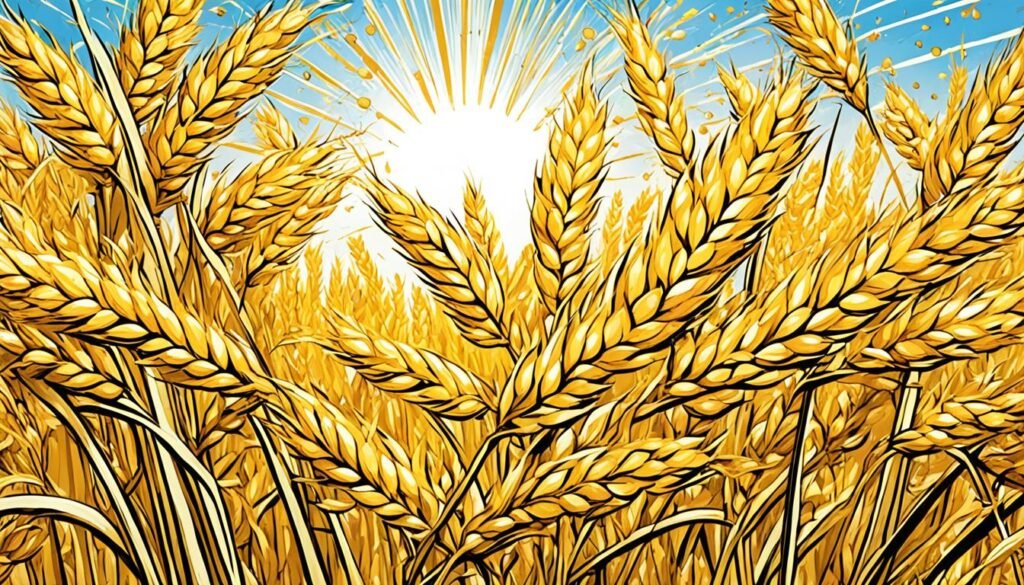
The Filipinos’ strong skills in rice farming and their wide knowledge of different types of rice were crucial. Their ability to grow rice in many places made them important to the Chinese. The Chinese needed a reliable rice supply for their growing numbers.
Rice wasn’t the only product traded. Other agri-products also shaped their trade. This trade helped blend their cultures and build strong connections. These connections still flourish today.
For more about the historical bonds between Filipinos and Chinese, visit this link.
Tracing the Origins and Spread of Rice Cultivation
We will look at how rice cultivation started in Ifugao and spread worldwide. Rice farming changed how people farmed and lived over time. We’ll learn about the Austronesian peoples who helped spread rice farming.
From Ifugao to the World: The Route of Rice
The Ifugao people of the Philippines are known for their connection to rice. They built impressive rice terraces on the mountains over thousands of years. These terraces show their advanced farming skills.
The Ifugao shared their farming methods with others. Their techniques moved from neighbor to neighbor, then from region to region. This sharing helped rice farming spread far and wide.
Rice became more than a food staple; it influenced cultures and traditions. It also helped to form the way societies were organized and governed. Rice farming was central to how many communities lived.
Transmission of Agricultural Practices among Austronesian Peoples
Austronesian peoples played a big role in spreading rice farming. Starting 5,000 years ago, they traveled and settled in new lands, taking their farming skills with them. They helped spread rice farming to places like Southeast Asia and the Pacific Islands.
Known for their navigation skills, the Austronesians set up trade and shared ideas with others. They taught about farming, water use, and different rice types. This sharing made rice farming successful in many new places.
Even now, rice farming supports millions of people. Its journey across the world shows the hard work and creativity of those who have grown it for thousands of years.
Textualizing Oral Traditions in Philippine History
The Philippines has a rich cultural heritage linked strongly to its oral traditions. These traditions are stories, beliefs, and customs handed down through speaking instead of writing. But, saving and writing these stories down for history comes with its own set of tough tasks.
From Voices to Text: The Transcription Challenge
Turning oral stories into written form is a hard job. It needs to capture the story’s heart and stay true to the tale. This is tricky because stories change with different areas and the teller’s own vibe. So, the transcribers work hard to get it just right.
Stories are not just words; they have a lot of feeling too. Like how something is said or sung adds a layer of meaning. But, putting this feeling into words is a big challenge by itself.
Preservation of Cultural Memory Through Oral Epics
Even with all the challenges, turning oral stories into text is super important. This way, important stories, like heroic deeds or where a people came from, don’t get lost. They show what life was like and what was important to those who first told these tales.
Stories like the Hudhud chants in the Philippines or the Darangen from the Maranao people carry huge meaning. They share history and the heart of a culture. Through these stories, we keep the essence of the past alive for the future.
Writing down these epics is a big job that scholars and experts do. They make sure these cultural gems last for those who come after us. This work is critical in making the Philippine’s story complete and in celebrating its many cultures.

Understanding the Socio-cultural Dynamics of Rice Epics
Rice epics are vital in societies with deep agricultural roots. Found worldwide, including the Philippines, they reflect core community values, beliefs, and customs.
The Integral Nature of Storytelling in Community Bonding
Storytelling greatly binds communities, promoting social harmony and a shared identity. Rice epics, especially, unite individuals through shared stories of their past and heritage. This fosters a strong sense of togetherness among listeners.
In the Philippines, these tales are key in maintaining community bonds. They’re shared during special events, drawing people together to celebrate their culture. Participants learn and reaffirm the epics’ values and traditions, enhancing their joint identity.
Myths as Pillars of Cultural Identity and Moral Values
Rice epics are more than stories; they’re cultural treasures. They hold the history, rituals, and customs of a society, expressing its soul and dreams. Passing them down safeguards a community’s cultural legacy.
These stories also teach important life lessons. Listeners discover virtues like persistence, bravery, and kindness through the epics’ characters. They guide both personal conduct and the community’s shared beliefs.
By looking at rice epics’ cultural impact, we see storytelling’s power in uniting communities. These myths and legends shape not only moral compasses but also our understanding of culture and humanity. They bridge the past with the present, connecting people across time and place.
Academic Pursuits in Recording Indigenous Knowledge
Academic work is key in keeping indigenous knowledge alive. Scholars focus on noting the rich history of indigenous people. They make sure this knowledge isn’t lost as time goes by.
They work to join traditional knowledge with the academic world. By saving indigenous wisdom, they offer a stage for indigenous voices. This helps different cultures understand and respect each other.
Researchers carefully engage with local communities to save their old ways. This often involves talking to elders and noting down traditions. Stories, rituals, and how to farm are some things passed through the years.
They use many ways, like going to communities, talking to people, and digging into archives. This lets them get a deep look at the lives and beliefs of indigenous groups.
“Academic pursuits in recording indigenous knowledge are essential for preserving cultural diversity and promoting mutual respect and appreciation for the traditions of indigenous communities.” – Dr. Maria Santos, Anthropologist
This work not only keeps indigenous knowledge safe but also opens doors for more study. The information they gather is a treasure for people and leaders interested in the future and past of these cultures.
Academic Pursuits in Recording Indigenous Knowledge
| Methods | Benefits |
|---|---|
| Ethnographic fieldwork | – Direct observation and participation in community life – In-depth understanding of cultural practices – Collection of oral histories and narratives |
| Oral history interviews | – Preservation of oral traditions and stories – Recording of ancestral knowledge and beliefs |
| Archival research | – Access to historical records and documents – Identification of cultural shifts and changes over time – Comparison of traditional practices with contemporary realities |
| Collaboration with communities | – Empowerment of indigenous voices and agency – Mutual learning and knowledge exchange – Strengthening community ties and cultural pride |
Studying indigenous knowledge is crucial in showing respect for these cultures. By cherishing their ways, researchers help keep their culture alive for the future.
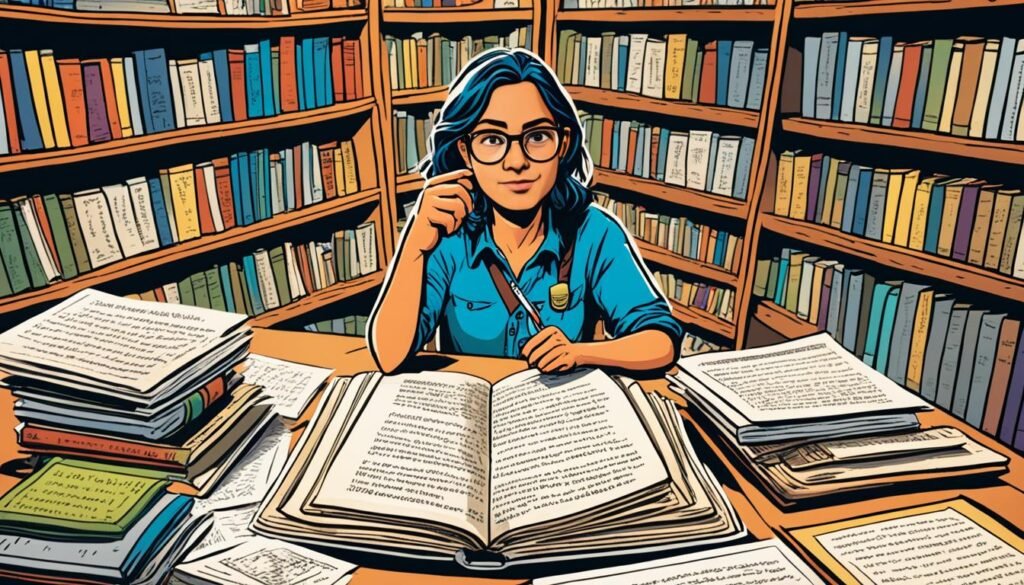
Chronicles of Early Travelers: Reconceiving Philippine Folklore
This section explores how early travelers shaped Philippine folklore. Their adventures and insights helped us understand Philippine culture better. They met local people and learned about their traditions, changing the study of world cultures forever.
Their writings gave us a new look at life in the Philippines long ago. We see the stories and practices that are at the heart of Philippine folklore. This helps us see how diverse the Philippines is and how it fits into global cultures.
“The stories shared by these explorers serve as a bridge between past and present, connecting us to the wisdom and traditions of early Philippine communities. Their observations and interactions have contributed to the documentation and preservation of indigenous knowledge, enriching our understanding of the significance of Philippine folklore.” – Renowned Folklore Scholar
Antonio Pigafetta and Frederick Finch Lay took on dangerous trips into the Philippines. They met locals who told them mesmerizing stories. These stories show us how imaginative and rich Philippine folklore truly is. They also give us insight into the lives of the early Filipinos.
The efforts of these travelers to record native stories are very important. They made sure the culture and beliefs of the Filipinos were saved. Today, their work helps scholars study the complex world of Philippine folklore and its place in global culture.
Merging Science and Folklore: Ethnobotany in the Philippines
In the world of ethnobotany, science and folklore come together in a fascinating way. This mix of knowledge covers both scientific details and local beliefs about plants. Such an approach helps us understand the plants and their cultural history.
Ethnobotany looks at how people and plants are connected. It uncovers wisdom from different cultures passed through generations. This helps keep local knowledge about plants alive and appreciated.
Scientists use a strict system to group and name plants based on their make-up. This system helps organize the vast variety and roles plants play in nature. Combining this with local stories enhances our view of nature.
Local wisdom, tied to the traditions of native groups, talks about how plants are used and their meanings. It covers use in medicine, food, and rituals. This folklore helps us learn about plant variety and the culture of the area.
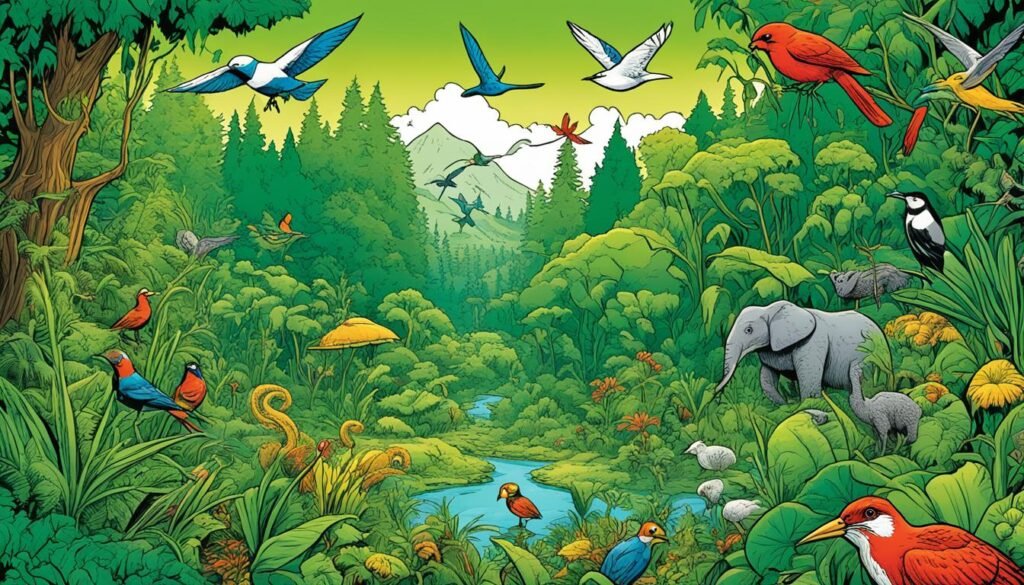
One area where science and folklore meet is in studying plants for medicine. Ethnobotanists team up with locals to learn about plant uses for health. This mix of skills can lead to new medicines.
“The merging of science and folklore in ethnobotany allows us to appreciate the intricate connections between nature, culture, and human well-being,” says Dr. Maria Santos, a renowned ethnobotanist.
Ethnobotany also helps save plant life by working with locals to protect them and their homes. This promotes keeping the land healthy and caring for it well.
Scientific Classification Meets Local Plant Lore
Bringing together science and local plant stories creates a rich mix of information. This approach involves using science to identify plants and learning about their cultural contexts.
These methods provide a full view of plants, including their scientific nature and cultural uses. This broad perspective highlights how people and plants are deeply linked, showing the blend of nature and culture.
The Role of Ethnobotany in Sustaining Biodiversity
Ethnobotany is key in keeping plant life vibrant. It does this by guarding plant species and their homes. It also helps protect native ways and the earth’s resources.
Studying ethnobotany also helps us see the vital roles plants play in nature. This insight aids conservation, underlining the need for biodiversity for our planet’s health.
Mixing science with local stories in ethnobotany deepens our knowledge of plants. This approach benefits nature and culture, furthering the care and use of biodiversity.
For more information, you can read the article “Merging Science and Folklore: The Role of Ethnobotany in Understanding Biodiversity“.
Origin of Rice Story from Manila and Balanga, Bataan as Recorded in H. Otley Beyer’s Research
In the study of rice, Manila and Balanga, Bataan stand out. This is thanks to H. Otley Beyer’s work. He was a famous historian and ethnographer. His research delved into the deep cultural roots of the Philippines.
Through his work, Beyer found amazing tales about rice growing in these places. His study showed how closely rice was tied to the people’s lives in Manila and Balanga, Bataan.
Beyer’s findings uncovered rich details about the rice rituals and traditions. He didn’t just record these stories. He also honored the ancient knowledge that had been shared through the generations.
Thanks to Beyer, we know a lot about where the rice story began in Manila and Balanga, Bataan. His work helps us see the deep cultural value of rice in the Philippines.
The next part will look into how Beyer and Merrill’s writings have influenced our understanding in certain fields. We will see the importance of their work in ethnobotany and anthropology.
Conclusion
We’ve dived into the intriguing world of Philippine folklore here. Specifically, we’ve looked at rice tales noted by the respected historian H. Otley Beyer. His findings offer key insights into the beginnings of rice stories, the agricultural roots of the Ifugao people, and rice’s importance in their culture.
H. Otley Beyer worked hard at documenting native practices and saving folklore. His teaming up with Merrill showcased the Ifugao’s deep plant knowledge. It also explored how they used their language for understanding plants and put their manuscript into context.
The unseen work by Beyer and Merrill is hugely important. It has greatly contributed to digging deeper into plant knowledge and has a big place in anthropology. Plus, it reveals the early connections between the Filipinos and the Chinese. Also, how rice growing spread from Ifugao to other parts of the world talks about a rich history and cultural ties in the Philippines.
By translating stories and studying how they influence social and cultural life, we value storytelling even more. It binds communities closer and keeps their culture alive. The effort to record native knowledge, the impact of visitors on Philippine folklore, and blending science with folklore in ethnobotany all show the various aspects of rice tales in the Philippines.
In closing, the research by H. Otley Beyer and his team exposes a deep and captivating narrative about cultural heritage. It also reveals farming practices and how stories reflect people’s lives. We should keep honoring and cherishing the vast world of Philippine folklore and its lasting lessons about history and culture. This enriches our knowledge and understanding of the human story.
FAQ
What is the origin of the rice tale as recorded by H. Otley Beyer?
The story of rice comes from the Ifugao, a group in the Philippines known for their farming. H. Otley Beyer studied their rich stories about rice. He showed how important rice is in Ifugao culture.
What was H. Otley Beyer’s role in preserving folklore and documenting indigenous practices?
H. Otley Beyer played a key part in saving stories and noting how native people lived. He worked with Merrill on studies of plants, which are unpublished but very valuable. These studies also helped us learn more about people’s lives.
How did H. Otley Beyer connect with the Ifugao people?
H. Otley Beyer got to know the Ifugao well through his time with them. His research helped save their cultural stories and ways of life. This work has helped keep Ifugao traditions alive.
What were the contributions of the unpublished manuscripts by Beyer-Merrill?
The writings by Beyer and Merrill are very important for science about native plants. They tell us a lot about the Ifugao’s knowledge of plants. These writings also explain how the Ifugao use plants in their culture.
What were the linguistic intricacies in Ifugao ethnobotany and the role of Beyer?
Understanding Ifugao plant names was complex, and Beyer looked into this deeply. His work helped us better understand the Ifugao language when it comes to talking about plants.
What is the significance of the Beyer-Merrill manuscript in ethnobotany?
The manuscript by Beyer and Merrill is important for studying how native people use and classify plants. It adds a lot to what we know about traditional plant use and helps keep that knowledge safe for the future.
How did early interactions between Filipinos and Chinese influence rice cultivation?
Early meetings between Filipinos and Chinese were very important for growing and trading rice. These contacts helped both groups and spread the knowledge of rice farming. This exchange helped rice grow in places beyond the Philippines.
How did rice cultivation spread from Ifugao to other parts of the world?
Rice farming started in Ifugao and moved to other places through sharing among Austronesian people. This spread of rice farming also spread cultural connections. It changed farming in many countries globally.
How were oral traditions transcribed into written form in Philippine history?
Writing down the oral history of the Philippines was hard but very important. Scholars and researchers worked on this. They turned stories into written form to keep Philippine history alive.
What socio-cultural dynamics are associated with rice epics?
Rice narratives are very important socially and culturally. They bring people together and teach important lessons. Through these stories, culture and values are passed on from one group to the next.
How are academics contributing to recording indigenous knowledge?
Academics are helping to save and share native knowledge. They focus on writing down the traditional ways, rituals, and knowledge of plants. Their goal is to keep indigenous cultures strong and growing.
What was the influence of early travelers on reconceiving Philippine folklore?
Early adventurers helped us see the story of the Philippines in a new light. They wrote about the local stories they found. Their work helped build a better worldwide picture of Philippine culture.
How does ethnobotany merge science and folklore in the Philippines?
Ethnobotany combines scientific plant studies with local, traditional knowledge. It honors the wisdom of native people while also helping to protect nature. This approach is vital for keeping biodiversity safe.
What does H. Otley Beyer’s research reveal about the origin of the rice story from Manila and Balanga, Bataan?
H. Otley Beyer’s work sheds light on the Manila and Balanga rice story’s origin. His research gives us a deep look at the history and culture behind the tale. This story is a key part of Philippine folklore.

